Looking back at the Ottawa Senators‘ draft selections during the 2000s, it was a great time to be a Sens fan, as the team set franchise records in wins, goals and points, all while battling the Toronto Maple Leafs in the hottest rivalry in the league. After sitting near the bottom of the league for so long, the Senators were finally a top contender and possessed some of the league’s brightest young stars, thanks to smart drafting in 1990s.
Related: Senators’ 2000 Draft Revisited – It Could Have Been Better
The Senators played it pretty safe in 2000, taking big, tough guys with most of their picks. It would prove to be a flawed strategy, as these “safe” picks tend to, ironically, fail more than they succeed. However, a successful draft-day trade involving an unhappy player would give the Senators a huge boost in confidence, encouraging them to take more risks in the entry draft than in the previous year. The result would be one of Ottawa’s strongest draft classes, despite a weaker class overall.
Yashin Holds Out
It’s easy to forget that Alexei Yashin was once the Senators’ brightest star. Nowadays, you’d be hard-pressed to find a Sens fan who’d regard him warmly but in the 1990s, he was their biggest star. From his rookie season in 1993-94, he led the team in scoring every season except 1995-96, when he came in second. Without him, the team may not have made their first post-season appearance in 1996-97. Yashin was the face of the franchise, and he knew it.
However, Yashin began to become a bit too aware of his worth. In 1995-96, he left the team for half the season, demanding a raise equivalent to the likes of Joe Sakic or Steve Yzerman, despite never posting triple digits in points or winning any individual awards.
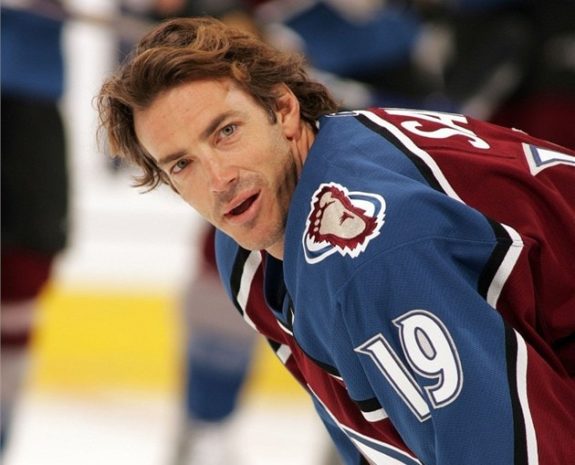
The Senators hesitated, but after a long losing streak and firing two coaches, they were out of options. On New Year’s Eve, a deal was struck and Yashin was given $8.7 million over four seasons. Everyone was happy…at the time.
Related: Alexei Yashin Trade Revisited
In 1999-00, Yashin again became unsatisfied with his paycheck and refused to report to Ottawa unless they offered him $23 million over two seasons. This was far too rich for the small-market Senators and they refused, suspending Yashin until he reported to the team. Yashin decided to wait for free agency, which was supposed to kick in that July. An entire season passed with neither side budging. Eventually, an arbiter was brought in, who ruled that since Yashin had not played a full season of his contract, he still owed the Senators a year of service. Frustrated, he returned in 2000-01, still a Senator and again led the team in scoring. It was too little too late for Ottawa’s management, though.
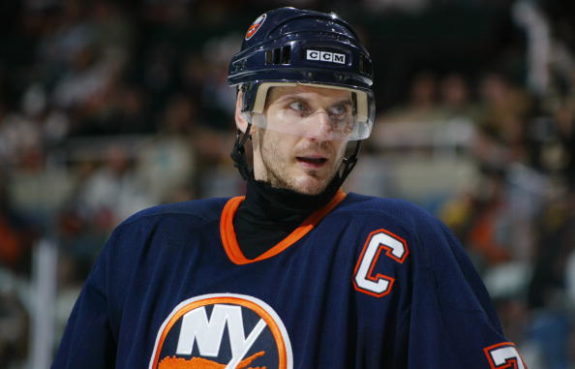
Trading a star player is a risky decision; the deal rarely pans out for the star’s former team. Yet Ottawa was able to come out on top, finding an eager trade partner in the struggling New York Islanders. On draft day, the Senators flipped Yashin for the Islanders’ first-round selection, defenseman Zdeno Chara and veteran grinder Bill Muckalt. For Ottawa, it was a huge win, giving them a massive boost of confidence when it came time to draft. For the Islanders, it was…less successful.
The Top of the First Round
The 2001 draft was a weaker draft class, with many first-round selections becoming busts. However, the top three were seen as potential superstars, and the Senators had the second-overall selection thanks to the Islanders, so they were almost guaranteed to win.
After the Atlanta Thrashers selected Ilya Kovalchuk with the first-overall selection, the Senators stepped up to the podium and snapped up Jason Spezza. Touted as the brightest prospect in North America, Spezza had lit up the OHL, scoring an incredible 116 points with the Windsor Spitfires and Mississauga IceDogs. With his combination of size and vision, he seemed destined to be one of the NHL’s best centers, making him a perfect replacement for Yashin.
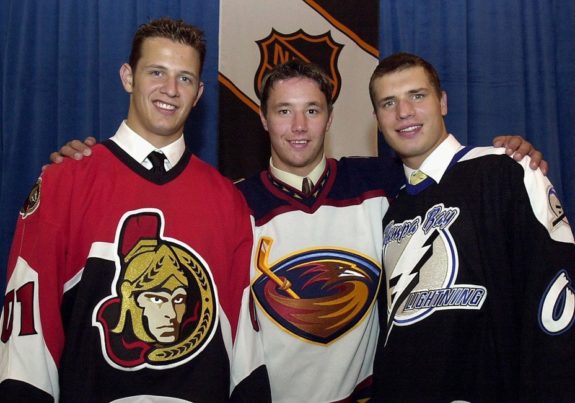
Alexander Svitov was the last of the big three in 2001, taken by the Tampa Bay Lightning third overall, but his career took a very different path than the other two selections. While Kovalchuk and Spezza were beginning their NHL careers, Svitov was stuck in Russia, fighting with authorities to play in the NHL. When he finally arrived in Florida, his confidence was shot, and he was never able to regain his form. After three very uninspiring seasons in the NHL, he returned to Russia with the title of one of the worst draft busts of the last 20 years.
The Bottom of the First Round
With their new star secured, the Senators sought to give him some protection. They set their sights on Tim Gleason, one of Spezza’s teammates in Windsor. He was a big, physical defenseman, posting 124 penalty minutes in 47 games, but was also well-rounded, scoring 36 points in the same time frame. That skill set landed him 12th on the Central Scouting Bureau’s final rankings among North American prospects.
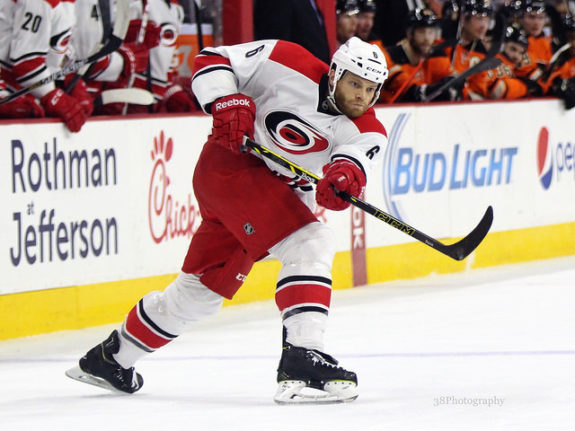
The Senators were so sure that he was their guy that they traded their 27th pick to the Philadelphia Flyers for the 23rd pick, while also parting with a seventh-round pick and a 2002 second-rounder. It was an aggressive move but if an impossible situation like Yashin’s could be solved with a trade, then anything was possible.
Gleason, however, would never play for the Senators, thanks in part to Chara. The giant Slovakian emerged as a top NHL defenseman with the Senators, providing both a booming slap shot and a physical presence. Thus, Gleason was no longer necessary, so at the 2003 trade deadline, Ottawa shipped out their prospect to the Los Angeles Kings for Bryan Smolinski. It was a smart trade, as the veteran center would provide a crucial element that the dominant Senators would struggle with for much of the decade – secondary scoring.
Rounds Three to Five
After a strong opening, the Senators fell back into old habits later in the draft, mimicking their strategy from the year before. First, Ottawa made several pick-for-pick deals then drafted essentially the same player multiple times. Even after a single season, their 2000 drafts picks had not aged well, yet the Senators decided to pick more big, tough defensemen in an effort to add grit to their depth.
Neil Komadoski, picked with the 81st selection, piled on the penalty minutes in his first season at the University of Notre Dame and looked like a good bet to become a capable depth player. Yet before he graduated, Komadoski was already considered a long-shot to break into the league. He retired in 2007 after injuries had basically ruined his knees. Fourteen picks later, the Philadelphia Flyers would take a risk on another college-bound prospect, Patrick Sharp. Though slow to develop, Sharp would become a key member of the three-time Stanley Cup Champion Chicago Blackhawks.
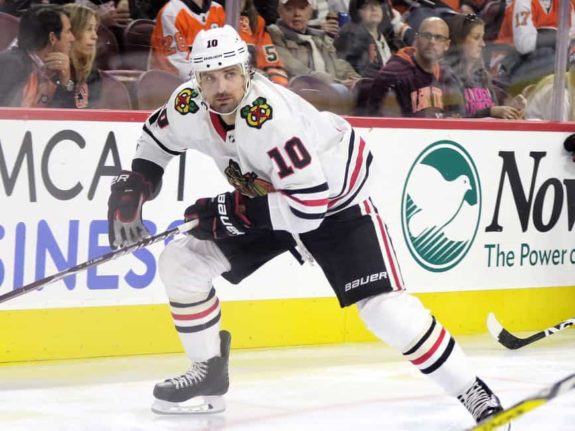
The Senators changed it up with their next pick and took a risk on aggressive goalie, Ray Emery who was playing with the Sault Ste. Marie Greyhounds of the OHL. While his stats were average, he had gained a reputation as a scrapper and the grit-hungry Senators were enticed to take a chance. It began to pay dividends almost immediately, as Emery won CHL Goaltender of the Year in 2002, then was selected to the AHL’s All-Star team as a rookie in 2003. With the Senators, he helped them reach the Cup Final in 2007, then won the Jennings Trophy, along with the Stanley Cup, in 2013 with the Chicago Blackhawks. He retired in 2016, but sadly passed away in 2018 in a swimming accident.
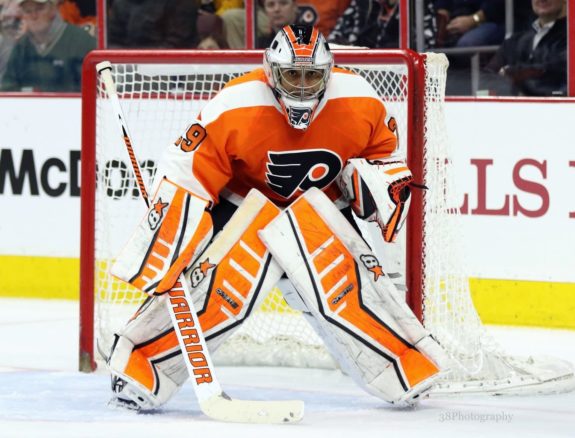
Their last two selections in the middle part of the draft were used on two big German defenders, Christoph Schubert and Stefan Schauer. Schubert, already an international veteran at just 19-years-old, had the size, shot and physicality to make it in the NHL. After joining the Senators in 2005-06, he stuck around for four seasons as a middle-pairing defender, providing much-needed secondary scoring from the point and a slap shot that was second only to Chara’s. Schauer, on the other hand, never played in North America; after he was drafted, he quickly regressed and the Senators never offered him an entry-level deal.
The Late Rounds
At the end of the 2001 draft, the Senators decided that, finally, they’d accumulated enough toughness and began to take some chances on lesser known prospects. It may have been the smartest move (aside from taking Spezza) they made that day, as they ended up with two top prospects.
Brooks Laich wasn’t ranked by the CSB when the Senators picked him 193rd overall, hidden in the depth chart of a deep Moose Jaw Warriors team. However, the next season he was given a larger role and he exploded offensively, scoring at nearly a point-per-game pace. Suddenly, the sixth-round pick was one of Ottawa’s top prospects, and they used his increased value to pry Peter Bondra away from the Washington Capitals. While Chara was ecstatic to play with the Slovakian legend, Bondra seemed less thrilled and signed with the Thrashers in 2005-06 after only playing 23 games in Ottawa.
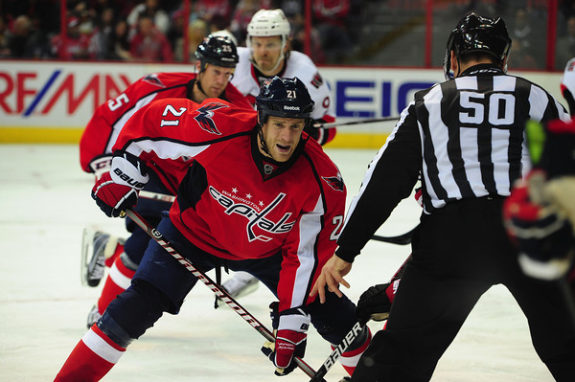
Brandon Bochenski was another long-shot prospect who looked like a steal. Taken with the 223rd pick, little was known about the college-commit other than he had a terrific shot. Yet at every level he played, Bochenski was a scoring machine; in his rookie AHL season, he was top-20 in points. Again, it looked like the Sens had a top prospect from deep in the 2001 draft, and again, they used his rising value in a trade, acquiring Tyler Arnason from the Chicago Blackhawks in 2006 in order to boost their second line. However, Arnason stuck around for even less time than Bondra, signing with the Colorado Avalanche after playing just 19 games in Ottawa.
Toni Dahlman was the final player to make the Senators from this draft. Taken 286th overall, Dahlman was a consistent scorer in Finland’s top league. He joined the team the following season, playing 22 games between 2001-02 and 2002-03. Once his contract expired, he decided to return to Finland, as there seemed to be no place for him on the Senators.
The last rounds of the draft are often filled with busts, yet only one player wouldn’t play any games for the Senators. Gregg Johnson, taken with the 256th pick, was an incredible high-school player but wasn’t all that noticeable in college. Still, it earned him a spot on the 2002 U-20 United States World Junior team, and so the Senators brought him on board to their farm club. However, after three very uninspiring seasons in the AHL, Ottawa cut ties with Johnson and he floundered in the minors and Europe until 2010.
Final Grade – A
The success of the Yashin trade no doubt gave the Senators an extra shot of boldness at the 2001 draft, and they took several more risks than they had at the previous draft, ending up with many quality prospects. It would be one of the most successful drafts in terms of quality and quantity of that decade for the Senators. Both Spezza and Emery would become key pieces in the 2007 Stanley Cup Final appearance, and Schubert would contribute in a depth role. The only problem is that if 2001 was the greatest draft, then it’s only going to go downhill from here.